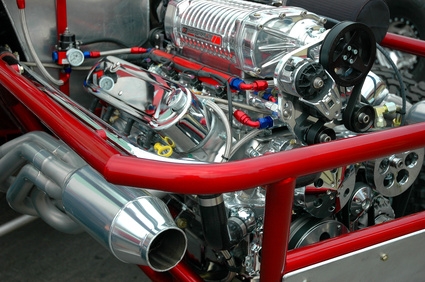
Engine bearings are used in between two parts of an engine where a good deal of motion will occur. These bearings serve the two main functions of reducing friction between the rotating parts of an engine and supporting the crankshaft. Friction is reduced by having two lubricated different metals slide against each other. When a bearing fails due to dirt or debris, a lack of lubrication,or human error, it can cause your engine major harm. There are three main types of engine bearings that keep your engine running smoothly.
Connecting rod bearings are metal inserts that protect the wear and tear in between the connecting rods and the crankshaft. These rods are the link between the pistons and the crankshaft. When the crankshaft rotates, it is the connecting rods that move the pistons down and up in their cylinder bores. This constant motion may cause the bearings to wear out over time, which will impact fuel efficiency and horsepower.
Crankshaft main bearings are found in between your engine block and your crankshaft. These are also the bearings on which the crankshafts rotate. Different types of engines have a different number of main bearings. For example, modern V8 engines have five main bearings while six cylinder engines have seven main bearings. The oil film coating around the bearings is important to keep consistent to ensure the crankshafts continue to spin.
Camshaft bearings are used to reduce friction with the rotation of the camshafts. Camshafts (referred to as cams) are long rods with various lobes sticking out that can either cover or uncover a valve in the engine. Opening and closing these valves control how much air or fuel is available for combustion. The camshaft is connected to the crankshaft directly or by a gear mechanism so that the timing of both engine parts is in sync.